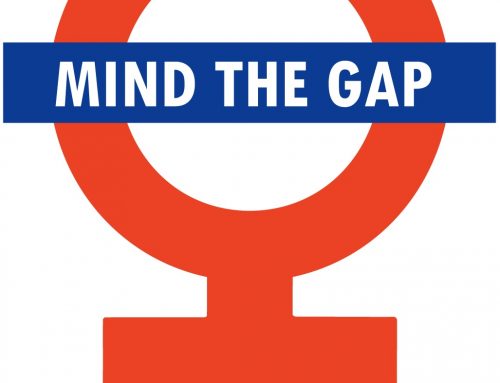A recent study by The Wall Street Journal about CEO pay found something unusual: female CEOs earned more than their male counterparts. The study found that in 6 of the last 7 years, female CEOs earned more than their male counterparts. In 2016, women earned a median $13.8 million compared to $11.6 million for men. Let’s dig a little deeper to find out what’s going on here.
- The pipeline of female executives gets smaller as you climb the corporate ladder with even fewer female CEOs. Only 28 women head S&P 500 companies, a small 5% of the total. Therefore, these women are likely highly skilled, highly talented professionals who have had to break through several glass ceilings. At the CEO level, boards often peg compensation packages to potential performance.
- The study found that the companies with women CEOs performed better. In 2016, these companies generated shareholder return of 18.4%, whereas companies led by men generated 15.7% shareholder return. In the same way that boards determine compensation based on potential, they will also reward leaders for actual performance. This supports other studies in the marketplace such as this one from MSCI: companies with more female executives perform better.
- Women tend to helm companies that require a turnaround. Any CEO, female or male, will receive higher compensation to turn around a failing company. I have discussed the “glass cliff” on the blog before, and it is a well-known phenomenon that women are picked over men for such roles:
“an analysis of CEO transitions among Fortune 500 companies over a 15-year period found that white women, and women and men of color were more likely than white men to get promoted to CEO when firms were performing weakly.”
For the first time, three of the top 10 highest-paid CEOs were women: Meg Whitman of HP, Virginia Rometty of IBM, and Indra Nooyi of Pepsi. All of this data adds to the growing body of research that more women equals more successful companies. Now the challenge becomes increasing that pipeline and getting that 5% of S&P 500 CEOs into double digits.





